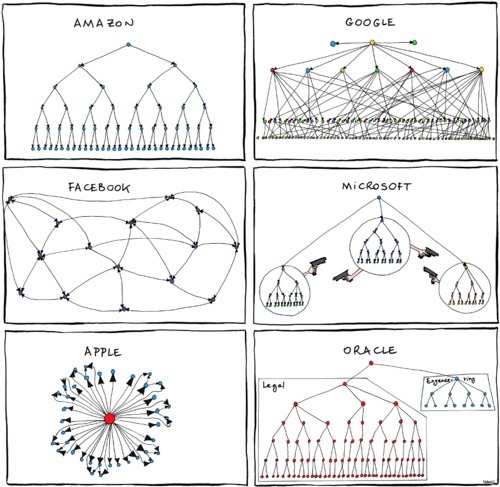Why Recording Jobsite Data Is Meaningless Without Structure
For the past several weeks, we've been exploring ways to record and share vital information more efficiently on construction projects. We have seen that — when used right — smartphones can help you put large quantities of content (photos, annotations, specs…) at everyone's fingertips. What we haven't touched on is how to organize and track that information so that it actually ends up being used.
In a fast-paced project environment, when time or budget pressure increases, it can be challenging to identify and absorb all the information we need — mostly because there is so much of it. Thankfully, the fact that we don't have to keep everything in our heads anymore offers a welcome respite — and frees us to focus our energies on the tasks at hand.
That's often easier said than done. If you really want to clear your head, you need to be confident that you will be able to:
- Find the information later when you need it (organizing)
- Prioritize and remember what needs to be done (tracking)
Think about the way you report quantities, punch lists or RFIs. By organizing — or "structuring" — information as you store it (in a binder, a folder on your computer or a database in the cloud), you guarantee that you will be able to find it later if you need it. But doing so takes time. And we know that when something takes too much time, we usually stop doing it. So it's about finding the tradeoff between speed and structure that will keep things organized but will also keep you quick on your feet.
In a team environment, things are more complex. Everybody organizes information slightly differently and yet every member on the project needs to be able to find information when they need it. That's the reason why, you have to establish a shared structure that is simple enough so that everyone can understand and use it correctly. Only then will the information really be at "everyone's fingertips".
If you feel that even with a good structure your team is still disorganized, it often means that you are trying to record too much information. In that case, you need to find ways to cut back on the volume of superfluous information. Failure to do so only creates bottlenecks in your team and slows down the entire process.
Tracking tasks or information is a different beast. It is a very manual process and when things are not organized properly a near impossible one. It is also a very repetitive one, so much so a machine could do it. Today, since most of the information is digital it should be automated.
However, too often in the field, people use one system to record information, another to share it and another to track it. In the end information gets passed along without any proper structure. Because of that, a few people end up having to organize it and track it manually for everyone which brings us back to square one: bottlenecks.

Source: xkcd
Fieldwire is a construction app that was created to solve this problem. The key was to structure the platform so that it is simple to use in the field but also organizes successfully the information of a large project. The result is a tool that allows you to:
- Record structured information at the source
- Share it to a centralized location accessible to everyone
- Track information and notify users automatically
In the end, we keep your head free to focus on your craft and on completing the task at hand, because that is often the difference between a good and a great construction crew.
Let us know what you think at feedback@fieldwire.com and make sure to join the revolution by signing up below.
Other posts you might find relevant:

 Yves Frinault •
Yves Frinault • 
















